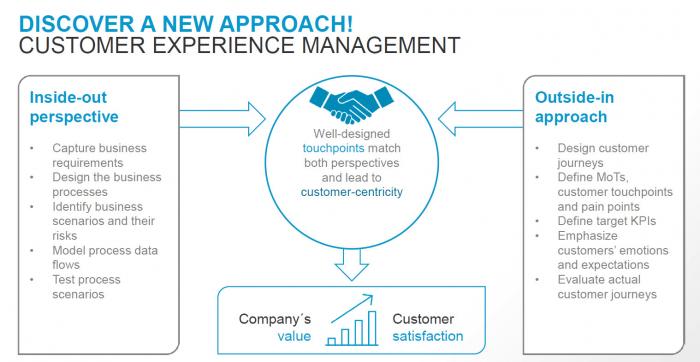

A nonprofit may assess how many people are served when providing disaster relief or other humanitarian services.A government might evaluate how well it services citizens, such as providing clean water or functional roads.A for-profit enterprise might focus on revenue, market share, or profit.However, although costs are relatively straightforward to measure, there’s more variation in how an enterprise assesses value. Meet Business GoalsĪn economically sustainable product creates more value than it costs. Extended responsibilities associated with external product managers and Solution Trains are described later. Product management responsibilitiesĮach of these is described further below. Leverage support – Product Managers ensure their offerings are supported and enhanced to create a continuous flow of valueįigure 4.Get it off the shelf – Internally, Product Managers collaborate with IT to ensure solutions are deployed to internal customers and users externally, Product Managers collaborate with an even larger set of business stakeholders to deliver products to the market.

#The flow experience refers to mgmt software#
Business-to-Consumer (B2C), such as a software vendor that sells home design tools to homeownersĪs illustrated in Figure 2, the relationships of product managers to their customers vary based on the structure of the operational and development value streams.Business-to-Professional (B2P), such as a software vendor who sells graphic design tools to marketing professionals.Business-to-Business (B2B), such as an enterprise software vendor providing a payroll solution.The relationship between the enterprise and external customers takes many forms: External customers are outside the enterprise.Because internal solutions often support many operational value streams, there may be several internal product managers (Figure 1). An example would be the manager of a bank’s credit underwriting function who uses an internal credit scoring solution created by the internal IT department. Internal customers are part of the enterprise.SAFe defines two kinds of customers: Internal and External.

They are an integral part of the Lean-Agile development process, heavily influence both the Operational Value Streams and Development Value Streams, and have specific responsibilities in SAFe. Customers are the ultimate buyer of every Solution. Product management begins with a clear definition of the customer. Supported by the tools and techniques of Design Thinking, this mindset focuses the entire organization on creating desirable, viable, feasible, and sustainable solutions. DetailsĮffective product management is driven by a customer-centric mindset in which the customer is placed at the center of every decision. The role scales in relation to the complexity of a solution: some solutions may only need a single Product Manager while others will need a team. This article describes the roles that Product Management play in SAFe. Then, they support the Agile Release Trains (ARTs) in delivering value through the Program Kanban and Continuous Delivery Pipeline. To do this, they collaborate with a wide range of people to identify and define customer needs, understand the Solution Context, and develop the Program Vision, Roadmap, and Features required to meet these needs. Product Management is responsible for defining and supporting the building of desirable, feasible, viable, and sustainable products that meet customer needs over the product-market lifecycle.


 0 kommentar(er)
0 kommentar(er)
